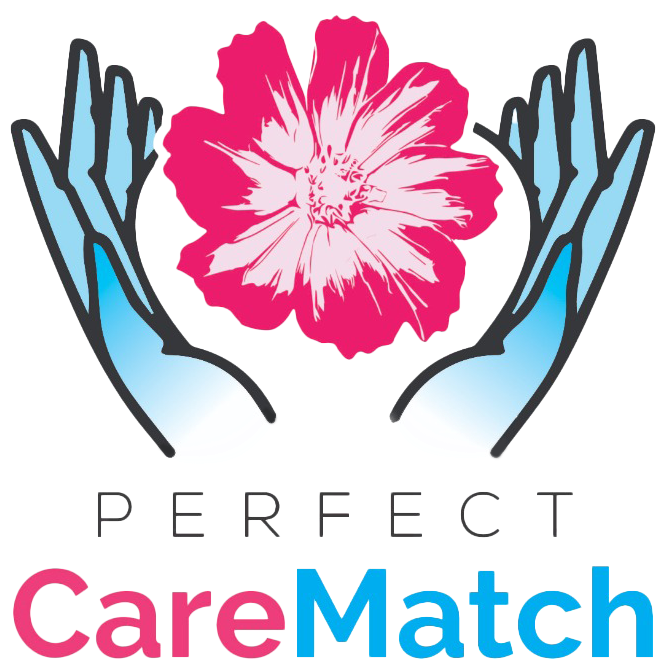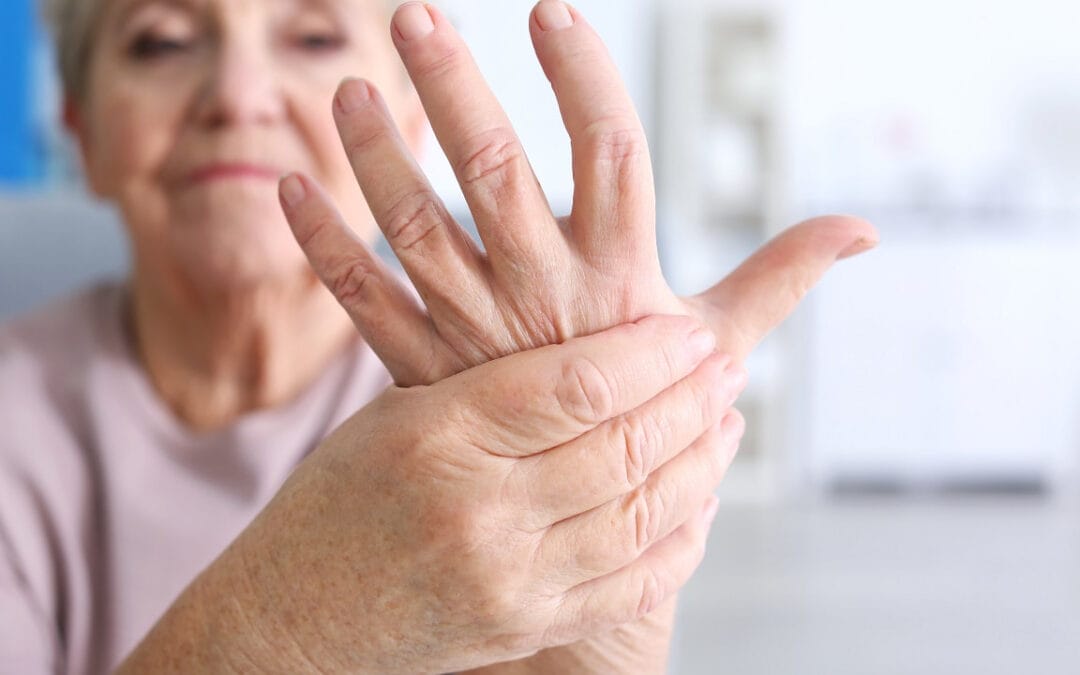In the US, 88% of people with osteoarthritis are 45 or older.
Many of us experience an increase in aches and pains as we age. Arthritis is a primary cause of discomfort. According to the Arthritis Foundation, “arthritis affects nearly 60 million adults and 300,000 children. Over 100 types of arthritis and related conditions damage the joints and often other organs.”
What is arthritis?
Arthritis is inflammation in the joints most commonly affecting hands, feet, knees, spine, and hips, it’s the #1 cause of disability in the US.
Of the many types of arthritis, osteoarthritis (OA) is most common, particularly in older adults. Osteoarthritis is a degenerative joint disease that happens when the tissues that cushion the ends of the bones within the joints break down over time. It affects surrounding tissues like tendons, cartilage, and muscle,
The effects of arthritis may cause debility, but there are many people with OA who are asymptomatic. We might hear the term “bone on bone” when visiting the doctor for pain management. Symptoms of arthritis include joint pain and stiffness, especially upon waking or after sitting for long periods of time; feeling or hearing a crunching or grinding sensation; joint swelling; tenderness, and loss of function.
Arthritis overview
There are many types of arthritis: gout, psoriatic, rheumatoid, and osteoarthritis are only a few. Risk factors include genetic influences, being female, being overweight, repetitive use, previous injuries, and lack of exercise. Underlying medical issues contribute to pain and worsening arthritic changes. “Arthritis can lead to a loss of mobility, which in turn can lead to a loss of a feeling of independence. Many seniors who suffer from arthritis also suffer from depression. It is a disease that takes a physical and mental toll on a person.” There is an increased risk of injurious falls for those living with arthritis.
How is arthritis diagnosed?
The first thing to do when experiencing joint pain, swelling, and difficulty with everyday activities is schedule a visit with your PCP. You’ll be evaluated by your doctor or nurse practitioner who will review symptoms, check joint function and reflexes, medical history, family history, and your current medications. Your PCP may order blood work to rule out autoimmune disorders like rheumatoid arthritis (RA). Joint x-rays help to visualize any loss of joint space, bone damage, bone remodeling, and bone spurs. Early joint damage does not usually appear on x-rays. You might receive a further workup depending on the initial test results. Your PCP may make a referral to a specialist.
Can arthritic changes and joint pain be managed?
The good news is there are a variety of ways to help older adults carry on with less discomfort. “Primary care providers can help diagnose OA and distinguish between other musculoskeletal conditions, help you establish pain management strategies, and refer you to other specialists as needed. If left unmanaged or if you wait too long, osteoarthritis can get worse and can interfere with your ability to do daily activities, work, or hobbies.”
There are a variety of measures for seniors that provide relief from OA pain and other issues that arise from it:
- OTCs: acetaminophen, naproxen, ibuprofen
- Supplements: glucosamine, chondroitin
- Prescription NSAID medications: meloxicam, indomethacin
- Steroids: either oral or injected
- Narcotics (opioids): oxycodone, hydrocodone, tramadol
- Substances newly approved to treat pain: cannabinoids (CBD), cannabis
Assist your loved one to manage medications and ensure that they are used appropriately. Taking medications as ordered ensures safety and efficacy.
Drug-free approaches to pain management
There are many non-pharmacologic approaches to relieve arthritis pain. Massage, acupuncture, acupressure, and physical therapy are all effective pain relief measures for seniors. Many older adults find that yoga and meditation help them achieve greater comfort and improve daily function. Ice and heat are effective, however heating pads can be dangerous and should be used under close supervision. Try alternating hot and cold every 20 minutes. Experts agree that vigorous and prolonged activity is less desirable than gentle activities like swimming or even stretching.
Try chair yoga: it’s less strenuous for those who have trouble with balance. Encourage your loved one to get up and walk around frequently to avoid painful stiffness. Continue using assistive devices like canes and walkers for safety: falls can result in life-threatening injuries. Physical therapists can make suggestions for exercises to increase muscle mass around the joint and enhance stability. They may provide braces or splints to support painful joints.
Diet is another factor, and not only for weight loss. Many foods have anti-inflammatory properties. Nutritionists can offer expert guidance.
Use it or lose it
The bottom line is this: keep moving! Lack of movement will absolutely increase pain and decrease function. Older adults will experience greater quality of life, less anxiety and depression, improved appetite, and better sleep if their arthritis is well-managed.

